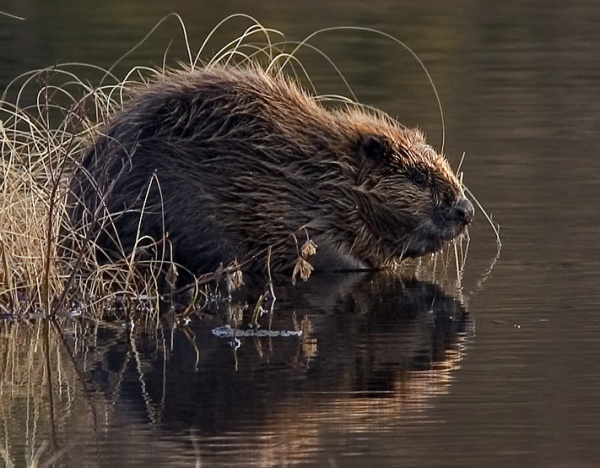Facts About Eurasian beaver
The Eurasian beaver, also known as the European beaver, is an intriguing species that once flourished across Eurasia. Unfortunately, intensive hunting for their fur and castoreum brought them to the verge of extinction. By the early 20th century, their numbers dwindled to about 1,200 in Europe and Asia. However, thanks to concerted reintroduction efforts, these industrious creatures have staged an impressive recovery and can now be found in regions ranging from Spain and Central Europe to China and Mongolia. Their resurgence has been so successful that they are currently listed as "Least Concern" on the IUCN Red List. Nonetheless, they remain extinct in countries such as Portugal, Moldova, and Turkey.
The Eurasian beaver is one of the largest rodents indigenous to Eurasia and possesses several distinguishing features that set it apart from the North American beaver. While they appear quite similar, differences in fur color, head shape, body structure, and genetic composition make cross-breeding between the two species unlikely.
These beavers are more than just charming, furry animals; they are keystone species that play a pivotal role in their ecosystems. By constructing dams, they create wetlands that support a variety of wildlife, including water voles, otters, and bats. Their dams also trap sediment, enhance water quality, and provide habitats for fish such as trout and salmon. As herbivores, they feed on aquatic plants, trees, and shrubs, and their activities have been shown to benefit fish populations in various regions.
Conservation efforts have been remarkably successful in reintroducing beavers to their former habitats. Populations are now thriving in countries such as Germany, France, the Netherlands, Poland, Romania, and the UK. In the UK, reintroduction projects have taken place in Scotland, England, and Wales, leading to the species' recognition as native.
The recovery of the Eurasian beaver stands as a testament to the positive impact of reintroduction programs and underscores the essential role of keystone species in maintaining healthy ecosystems.

 Poland
Poland